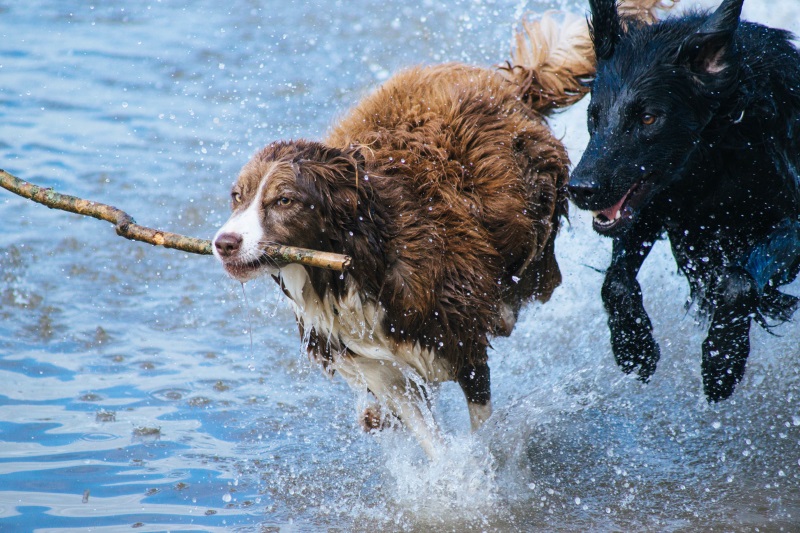What comes after your pet’s fateful cancer diagnosis begins with many questions, further diagnostics, and then decisions need to be made on how to proceed.
One of the main items of concern is deciding on the best course of treatment. There are generally two types of treatments: Conventional and Complementary.
Conventional cancer treatments directly treat the cancer after it has been diagnosed. The treatment is usually effective, eliminating, controlling, or slowing the spread of the cancer.
Conventional cancer treatments include:
- Surgery
Catching cancer early and surgically removing the growth before it has an opportunity to spread is the best option. Alternatively, surgery in conjunction with other conventional and alternative therapies is necessary to achieve the best outcome.
- Chemotherapy
Chemotherapy is the use of a drug, or a combination of drugs, to treat cancer. This form of treatment can be used alone but is often used in conjunction with surgery and/or radiation therapy.
- Radiation Therapy
Radiation therapy focuses beams of radiation directly on a tumour, with the goal of destroying the tumour’s ability to divide and grow. During radiation therapy, both cancer cells and normal cells are affected, but because radiation is targeted to a very specific area, damage to normal cells is limited.
- Immunotherapy
Immunotherapy is the newest form of conventional therapy. It uses the pet’s own immune system to treat the cancer. Several different immunotherapy protocols have shown promising results for multiple forms of cancer.
Complementary therapies are a different approach. They are used to help improve overall health and well-being and aid in the healing process after conventional cancer treatments. In addition, these therapies can help with the emotional/mental stress that comes from a cancer diagnosis.
Complementary cancer treatments include:
- Traditional Chinese Veterinary Medicine (TCVM)
TCVM practitioners use four modalities: acupuncture, Chinese herbs, food therapy, and Chinese massage (Tui-na). The practice can be very effective in treating a number of health issues and chronic conditions.
- Music Therapy
Music therapy helps dogs stay calm and experience less stress during cancer treatments. This is a relatively new practice for treating a pet’s anxiety.
- Acupuncture
The National Cancer Institute advocates the practice of acupuncture for human cancer patients and documents that it can be utilized to control pain and relieve nausea, vomiting, anxiety, and depression caused by the cancer or cancer treatment.
- Nutritional Therapy
Nutrition can play a significant role in successfully combating cancer in pets. Cancer can drain the body condition of a pet. Many cancers thrive on carbohydrates, so high protein and fat recipes help support the pet and not the cancer.
Natural supplements can be added to the pet’s total daily nutrition that supports the immune system and discourages the spread of cancer.
The most effective “battle plan” against cancer is to combine these two approaches – this is also known as a ‘Full Spectrum’ approach. For example, a conventional cancer treatment is surgery. After surgery, a pet can heal most effectively if they employ some physical rehabilitation – which is a complementary treatment. The full spectrum approach considers and treats all aspects of cancer, including the pet’s diet, lifestyle, and psychological well-being.
Do you have any questions about pet cancer or how to treat it? Reach out to our Panel of Experts today!
This page has been reviewed by our Panel of Experts for accuracy. Our Panel of Experts is comprised of practitioners with varying specialties and perspectives. As such, the views expressed here may not be shared by all members of our Panel.
The content on this website is for informational purposes only and is not intended to be a substitute for professional veterinary medical advice, diagnosis or treatment.
Sources:
- Cancer.ca, Complementary therapies
- Full Spectrum Definition, DogCancerBlog.com

